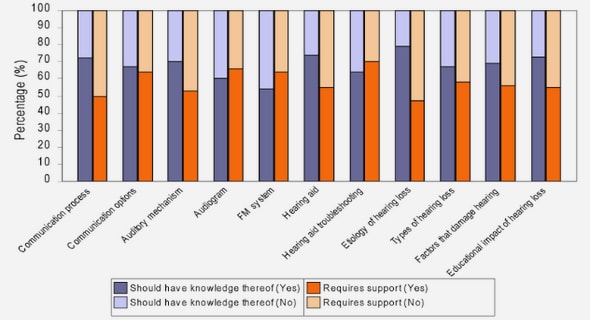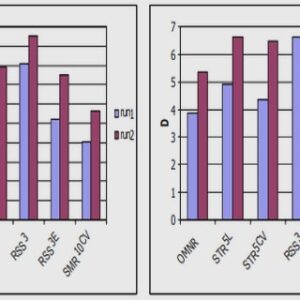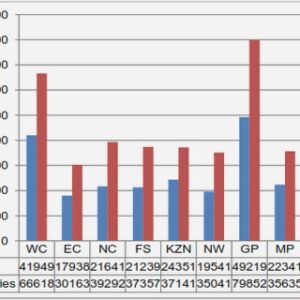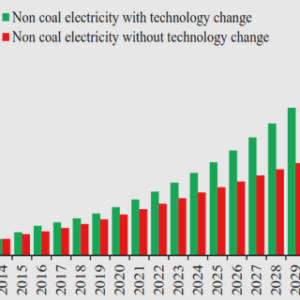(Downloads - 0)
For more info about our services contact : help@bestpfe.com
Table of contents
Chapter 1. Terminology
1.1 Definitions
1.1.1 Terminology: definitions
1.1.2 Concept: definitions
1.1.3 What is a “characteristic” in Terminology?
1.1.4 Relation definition
1.1.4.1 Hierarchical relation
1.1.4.2 Associative relation
1.1.4.3 Ontological relation
1.1.5 Object definition
1.2 Theories
1.2.1 Theories of Terminology
1.2.2 ISO theory of Terminology
1.2.2.1 ISO Elements
1.2.2.2 Graphic representations of components in ISO terminology work
1.3 Methods
1.3.1 Research methods
1.3.2 Onomasiological vs. Semasiological process
1.3.3 Synchronic vs. Diachronic approach
1.4 Languages
1.4.1 General language
1.4.2 Special language
1.5 Tools
1.5.1 Tools for building a concept system
1.5.2 Terminological resources
1.5.3 Tools for extracting terms
Chapter 2. Ontology
2.1 Definitions
2.1.1 Philosophical ontology definition
2.1.2 Computational ontology definition
2.2 Theoretical foundations of ontologies
2.2.1 Main components of ontologies
2.2.2 Ontology types
2.2.3 Principles of ontology building
2.2.4 Ontology evaluation
2.2.4.1 Definition of ontology evaluation
2.2.4.2 Criteria of ontology evaluation
2.2.4.3 Method of ontology evaluation
2.2.4.4 Tools for ontology evaluation
2.3 Languages
2.4 Methods
2.5 Tools
2.5.1 Protégé
Chapter 3. Ontoterminology: Combining Ontology and Terminology
3.1 Definitions
3.1.1 Definition: Name, word, and thing
3.1.2 Definition: Ontoterminology
3.2 Theory
3.3 Methodology: Term-guided ontology building
3.3.1 Concept and essential characteristic
3.3.2 Term-guided method for defining concept
3.3.3 Ontoterminology: the example of seats
3.4 Tool
3.5 Protégé vs. Tedi
Chapter 4. Semantic Web for Cultural Heritage
4.1 Cultural Heritage
4.1.1 Definition
4.1.2 Categories of cultural heritage
4.2 Semantic Web
4.2.1 From Document Web to Web of data
4.2.2 Semantic Web stack
4.2.3 Linked Open Data
4.2.3.1 Linked data
4.2.3.2 Publishing Linked Data
4.2.3.3 Linked Open Data
4.2.3.4 Knowledge Graph
4.2.3.5 Vocabularies & Ontologies
4.3 Semantic Web for Cultural Heritage
4.3.1 Challenges of cultural heritage data
4.3.2 Semantic data models for cultural heritage
4.3.3 Related work
Conclusion
PART III: DOMAIN KNOWLEDGE
Chapter 1. Introduction to Chinese Ceramics
1.1 Glaze and Color
1.2 Period
1.3 Ornamentations
1.4 Kilns
1.5 Decoration crafts
Chapter 2. Chinese Ceramics of the Ming and Qing Dynasties
2.1 Reasons for Choosing Ming and Qing dynasties
2.2 Presentation of vessels
2.3 Presentation of vases
2.4 Chinese Ceramic Terminology
2.4.1 Regularity of naming and translation of Chinese ceramics
2.4.2 Analysis of Chinese ceramic terminology
Conclusion
PART IV: ONTOTERMINOLOGY OF THE CHINESE CERAMIC VESSEL
Chapter 1. Term-and-Characteristic guided Methodology
1.1 Introduction
1.2 Workflow of methodology
1.3 Identifying essential characteristic
1.3.1 Difference between objects
1.3.2 Morphological analysis of Chinese terms
1.4 Combining essential characteristic
1.5 Implementation
Chapter 2. TAO CI Ontology Authoring
2.1 Objectives
2.2 Competency questions
2.3 Collection of research objects
2.4 Linguistic Dimension: identifying term
2.4.1 Identifying terms (names) of vessels
2.4.2 Identifying terms (names) of vases
2.5 Conceptual Dimension: identifying essential characteristic
2.5.1 Essential characteristics: Vessel
2.5.1.1 Material
2.5.1.2 Function
2.5.1.3 Structure
2.5.2 Essential characteristics: Vase
2.5.2.1 Structure
2.5.3 Descriptive characteristic
2.6 Concepts building guided by terms
2.6.1 Proposing new terms
2.6.2 Building concepts guided by terms
2.7 Building ontology in Protégé
2.7.1 Conceptual dimension
2.7.1.1 Essential characteristic
2.7.1.2 Concept
2.7.1.3 Descriptive characteristic
2.7.1.4 Individual
2.7.1.5 Relation
2.7.2 Linguistic dimension
2.7.2.1 Term
2.7.2.2 Term Definition
2.7.2.3 Ontolex-Lemon
2.8 Integration
2.8.1 Resources
2.8.2 Reusing vocabularies & ontologies
2.8.3 Selecting vocabularies for mapping and linking
Chapter 3. TAO CI Ontology Description
3.1 Class
3.2 Property
3.3 Annotation
Chapter 4. Ontology Evaluation
Conclusion
Part V: APPLICATION: TAO CI WEBSITE
Chapter 1. Structure of the Website
Chapter 2. Function of the Website
2.1 Home
2.2 Ontology
2.3 E-dictionary



